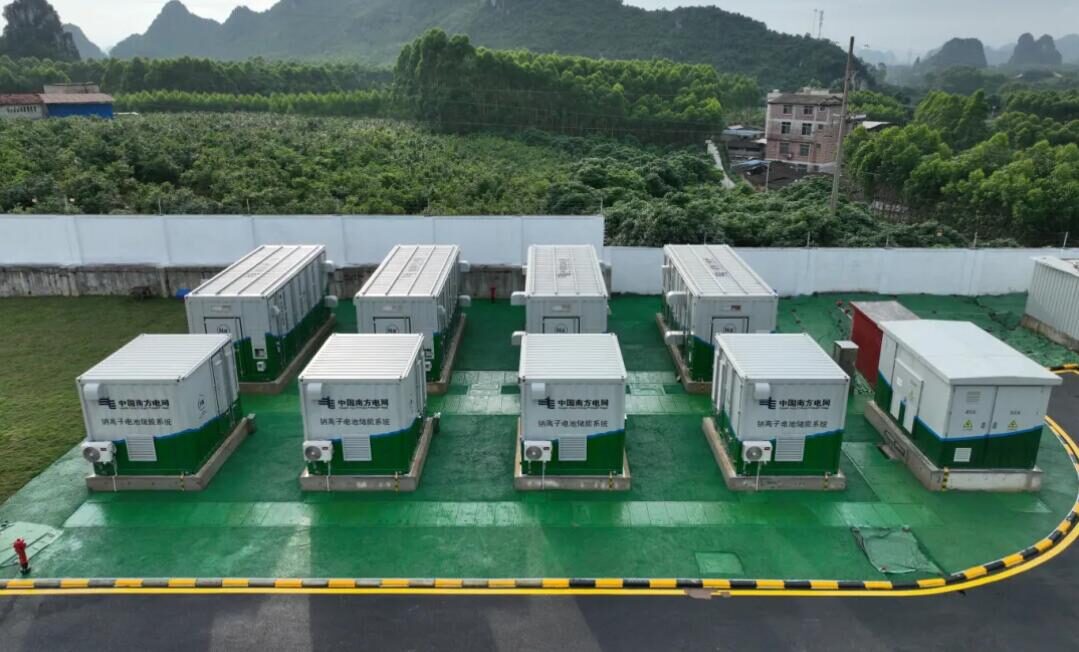Installed capacity in the United Kingdom has reached 15.9 GW, according to the latest data published by the UK government’s Department for Energy Security and Net Zero (DESNZ).
The installation figures released on 30 May 2024 show 190 MW of capacity was added in the first four months of 2024, trailing the 330 MW added during the same period in 2023. According to the latest DESNZ data, the United Kingdom installed 916 MW of solar capacity in 2023. This was only the fifth highest year on record in terms of new capacity, despite being the second-highest for number of new installations with 191,524 systems coming online. DESNZ attributed this to smaller installations accounting for the majority of additions.
The lion’s share of capacity additions in the first four months of 2024 have also been small scale. Installations with capacity of 4 kW or below accounted for 84 MW of the 190 MW installed in the first four months of 2024. The data show 4 kW to 10 kW installations added 69 MW of new capacity, while 10 kW to 50 kW accounted for the remaining 37 MW. In contrast to 2023, no new installations exceeding 50 kW capacity were recorded in data for the first four months of 2024. Data for the preceding year records 98 MW of capacity additions from installations of 50 kW or more, including 76 MW from utility-scale installations of more than 25 MW.
As of the end of April 2024, 88% of the roughly 1.5 million UK solar installations recorded in DESNZ figures are domestic systems. Despite this, ground-mounted solar accounted for 49% (7.7 GW) of UK solar capacity at the end of March 2024, including the two operational solar farms accredited on Contracts for Difference (CfDs).
CfDs could play a key role in bolstering solar deployment in the United Kingdom. Almost 2 GW of capacity across 56 projects was tendered in the fifth UK CfD auction, held in September 2023. The nation’s sixth CfD auction closed for applications on 19 April 2024 with National Grid ESO expected to notify applicants of the results between late June and early September. The auction included a GBP 120 million ($152,535) pot for “established technologies” including solar installations up to 5 MW, as well as onshore wind and others.
Mark Sommerfeld, Deputy Director of Policy at the Association for Renewable Energy and Clean Technology (REA), told pv magazine the latest deployment figures show that the United Kingdom is “lagging” in relation to its solar generation targets. The UK government has set a target of 70 GW installed solar capacity by 2035. “With current deployment at around 16 GW, a step change is clearly needed,” he said.
“Meeting the target will require the delivery of solar projects at a wide range of scales, making the most of both rooftops and appropriate sustainable sites for ground-mounted projects. It is encouraging that there remains a good market for smaller-scale projects, however accelerating solar delivery means also unblocking the pipeline for larger utility-scale sites. The good news is that the industry already has a substantial queue of projects ready to go.”
Popular content
Sommerfeld’s statement comes during election season in the United Kingdom. Whatever the outcome of the UK General Election on 4 July, Sommerfeld said the next government must act quickly to implement the recommendations made by the Solar Taskforce, an industry-led advisory group that was set up to support solar deployment.
“This includes addressing grid connection time scales and strengthening solar supply chains. The industry is ready to work with the next government to ensure these critical targets are met and that we make the most of all opportunities for new solar capacity,” he said.
DESZN notes that deployment figures within the latest month should always be taken as provisional and are likely to be revised as further data are received on newly operational sites.
This content is protected by copyright and may not be reused. If you want to cooperate with us and would like to reuse some of our content, please contact: editors@pv-magazine.com.



By submitting this form you agree to pv magazine using your data for the purposes of publishing your comment.
Your personal data will only be disclosed or otherwise transmitted to third parties for the purposes of spam filtering or if this is necessary for technical maintenance of the website. Any other transfer to third parties will not take place unless this is justified on the basis of applicable data protection regulations or if pv magazine is legally obliged to do so.
You may revoke this consent at any time with effect for the future, in which case your personal data will be deleted immediately. Otherwise, your data will be deleted if pv magazine has processed your request or the purpose of data storage is fulfilled.
Further information on data privacy can be found in our Data Protection Policy.